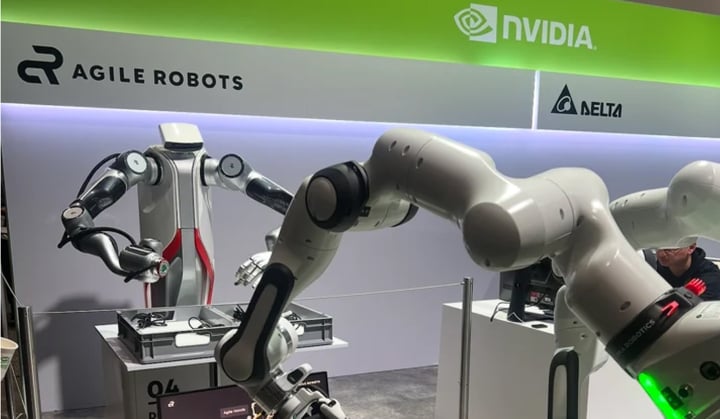Category
All
Sustainable devices, smart innovation: How OTA updates can contribute to cutting costs and carbon
Discover how OTA updates help companies like Kuva Systems and Beegy reduce emissions, cut costs, and build smarter, more sustainable IoT systems.
|
5 min read
Service Provider tenant: SSO enhancements
Learn more about the Single Sign-on (SSO) enhancements in the new Service Provider tenant in Mender Server 4.0.
|
6 min read
Be one of the first to try Mender on ESP32 with Zephyr
An overview of the preview release of Mender on ESP32 with Zephyr. The new offerings for Mender for RTOS systems.
|
3 min read
Simplifying multi-tenant device management with the Service Provider tenant
A deep dive into the Service Provider tenant. The Service Provider tenant offers multiple use cases to effectively scale devices with tenant separation.
|
5 min read
The role of open source software in embedded systems
Discover the role of open source software in embedded systems with insights from Yocto and inovex on transparency, security, and the evolving OSS landscape.
|
7 min read
The reach of AI: Digital, edge, physical, and beyond
The recent NVIDIA GTC 2025 conference outlined AI developments. Learn more about simulations, data generation, and the importance of OTA updates in growing AI capabilities.
|
6 min read
Robust OTA updates with A/B Partitions for Linux devices
Discover insights from Embedded World 2025 on A/B partitions for secure OTA updates, reducing fragmentation, and streamlining embedded system firmware updates.
|
7 min read
The power of over-the-air (OTA) updates in patch management
Learn about the power of over-the-air (OTA) updates in patch management. Outlining the importance of robust capabilities in enhancing CRA compliance.
|
4 min read
Helm chart architectural changes: What, why, and how it affects you
Discover Mender Server 4.0 Helm chart updates—monorepo shift, security boosts, and streamlined configs. Learn how these changes impact your setup.
|
6 min read








